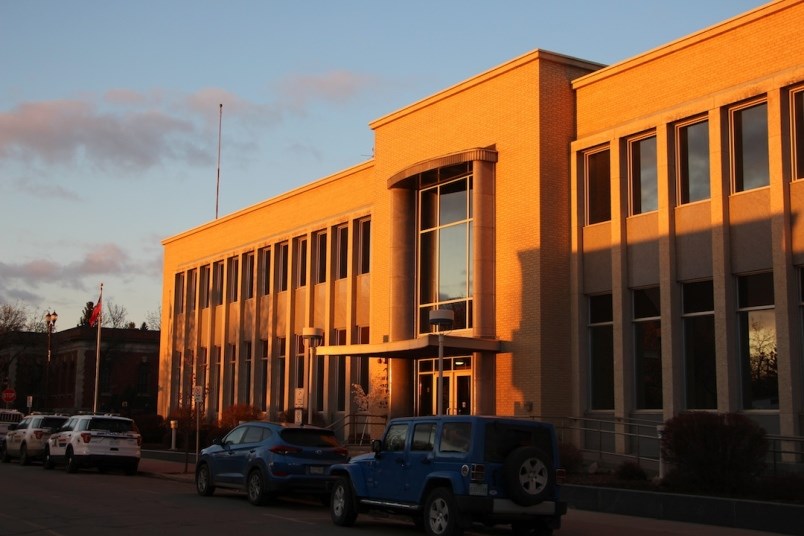YORKTON - A sure sign that spring is near is return of the street pothole.
The wily critters spend the winter filled with ice and snow hoping that a few frost shifts will help them grow, and then like daffodils in a garden they emerge as that ice and snow melts ready to shake the suspensions of vehicle, and ruin tire alignments until the next winter season.
If you haven’t happened upon a pothole, well one might suspect you walk much more than drive, since the roadway holes exist all over the city.
Now city crews try to keep the holes filled with asphalt, but the reality is patches are rarely permanent solutions, and over time traffic will cause the patch material to shift and the bone jarring hole returns.
Ultimately potholes are the most visible sign of the aging infrastructure of Yorkton.
Like most villages, towns and cities across Canada asphalt on many streets has been in place for decades – longer that it was ever reasonable to expect it would last.
Sidewalk cement is in the same situation, as is underground water and sewer lines.
Ultimately a patch is not the answer, replacement is but that would cost millions.
At its most recent regular meeting Yorkton Council approved the City’s Five Year Capital Plan.
Under it's Municipal Gas Tax Fund Agreement (MGTFA), which has been signed and approved by the City, the city is required to provide the province with a five year capital plan, updated annually.
The plan is a general guideline in order to meet the requirements of the MGTFA, and certainly not a list of what will be done as the plan does list projects totalling $152,085,000.
There is no way the city and its taxpayers could afford that sort of expenditure in just five years.
But, it the projects have been deemed important enough to even make the list it brings up the massive question – when will the work get done?
If it makes the five-year list and is not taken on, it is simply kicked down the road for another five-10-20 years.
In that delay two things occur.
Firstly the asphalt continues to deteriorate, and that might mean just more potholes, but maybe also disruptions to water and sewer services which would be more concerning.
And, the cost of finally taking on the projects will have gone up. Prices as we all know rarely fall.
It’s not that councils today are not aware of the growing problem, but finding solutions is another matter.






